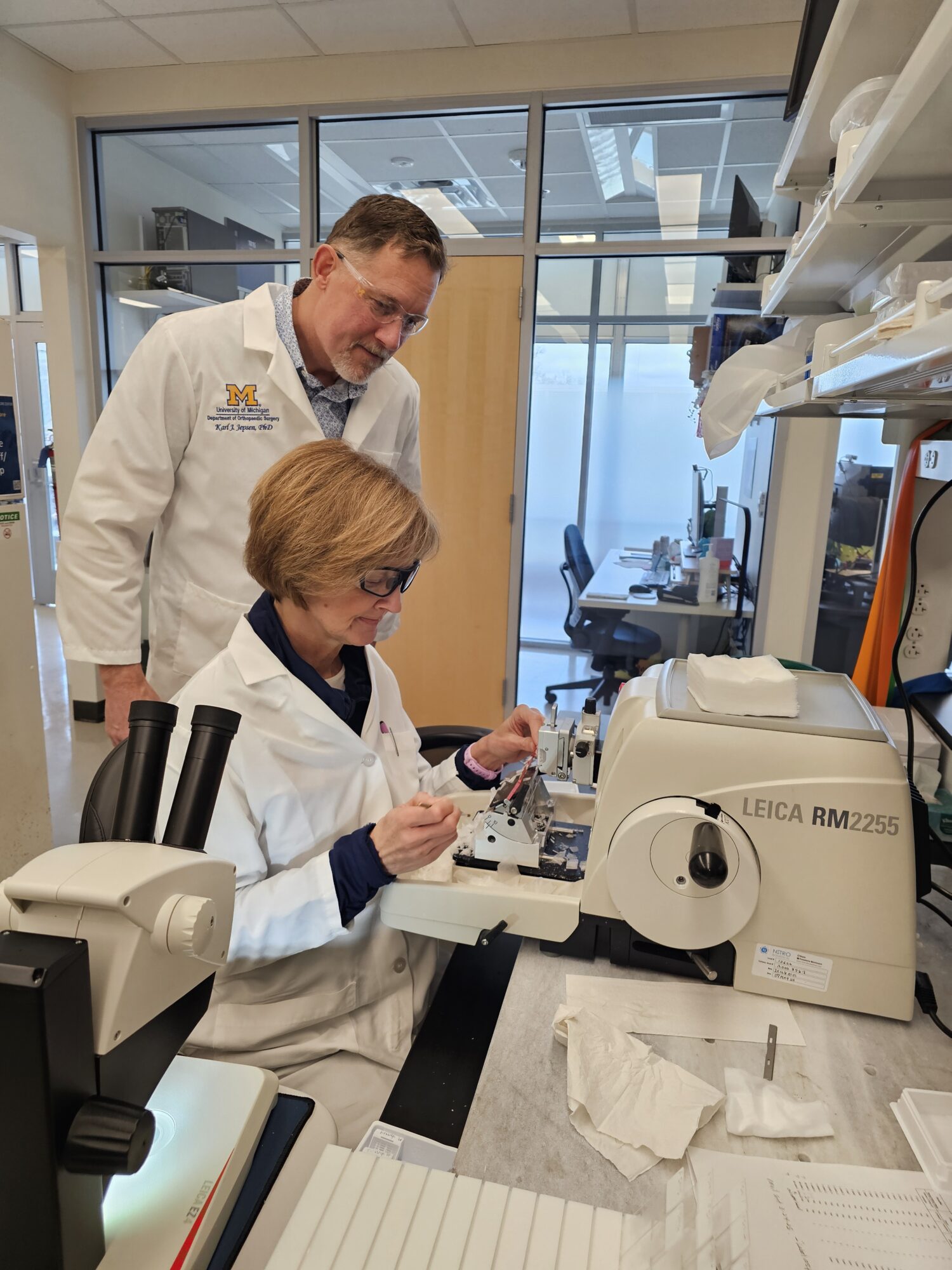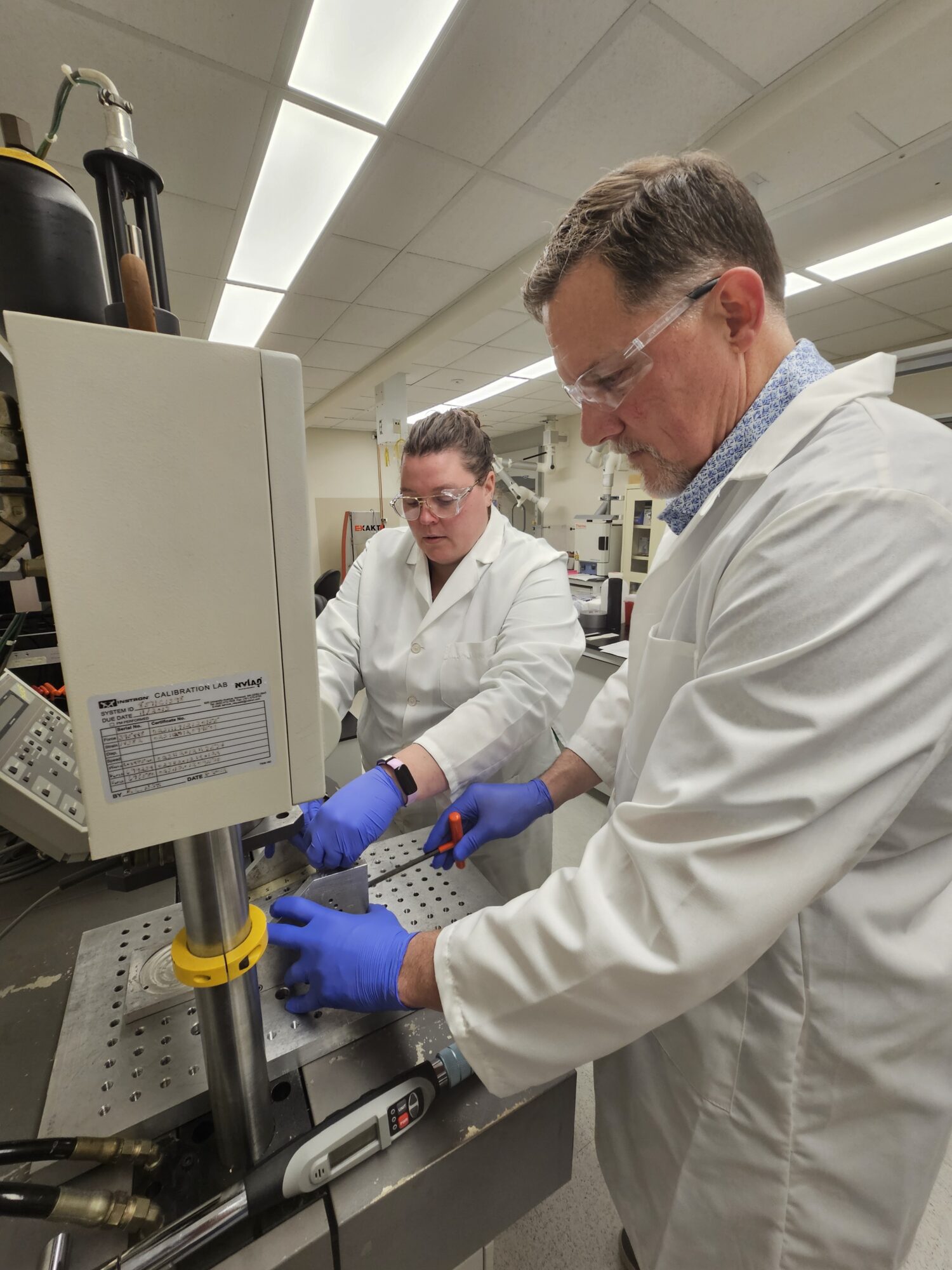Dr. Karl Jepsen had just witnessed what would be a generation-defining tragedy.
Stuck on the island of Manhattan on Sept. 11, 2001, Dr. Jepsen’s outlook on life – and his life’s work – changed forever.
A month later, Dr. Jepsen boarded a plane to present his research at a national meeting. Between sessions, Dr. Jepsen went for a walk while grappling with the remaining trauma of that September day – the fear of getting on a plane and the new uncertainty of life as he knew it.
As a researcher, he had always looked for new answers, trying to find new solutions to unexplored problems. But his mindset had flipped. In this time of great change, instead of asking why things were different, could he instead investigate how things were the same? How could similarities be the key to finding the answers he needed?

“This intentional, dedicated investment by our federal partners has allowed us to make significant advances in medical and public health solutions affecting millions of people not only here in the U.S. but across the world.”

In his area of research, Dr. Jepsen was among the few. Bone fractures can lead to chronic pain, disability and even life-threatening complications, and yet, millions of people suffer from them every year. Studying the impact of bones and why some broke more easily than others was not a common, well-funded area before the early 2000s.
However, in 2000, the federal government began funding research in new and more intentional ways. These investments would total $767 billion by the year 2025, including a significant increase for Dr. Jepsen’s line of study.
“This intentional, dedicated investment by our federal partners has allowed us to make significant advances in medical and public health solutions affecting millions of people not only here in the U.S. but across the world,” said Dr. Jepsen.
Because of partnerships with federal agencies like the National Institutes of Health and the Department of Defense throughout his career, Dr. Jepsen has worked for decades to build up the field of bone research. His efforts, alongside those of his colleagues, have helped develop and advance treatment for osteoporosis, build predictive treatment programs for early detection and strengthen the next generation of researchers to carry the work forward.
“We are just now seeing the outcomes of funded projects from 20, 30, 40 years ago,” he said.
